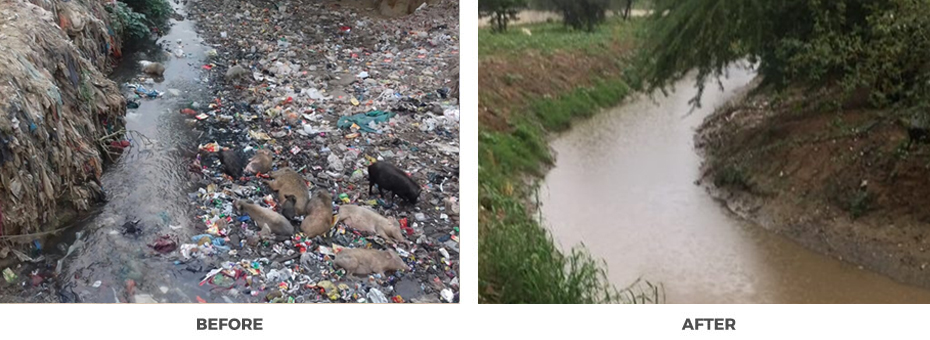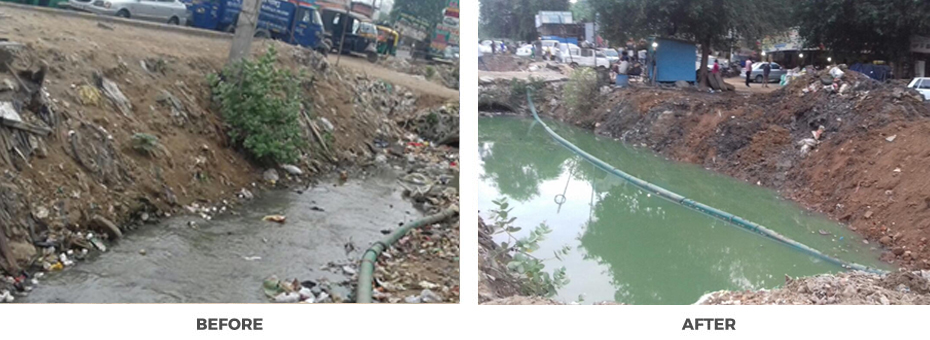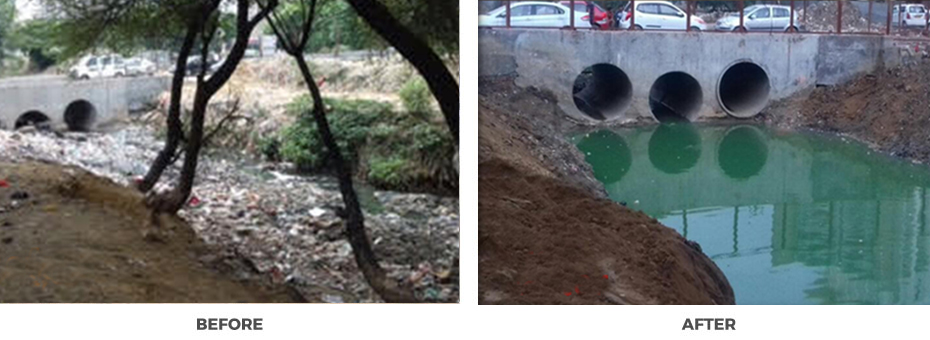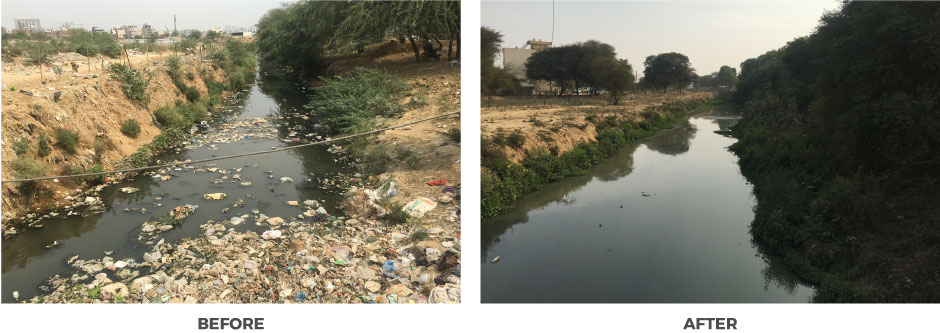
Historically, Gurgaon has about 30 bundhs in the city dating from the post-Independence era. These were built for flood water control and water management along its villages. As villages gave way to the megapolis, the bundhs became sights for solid waste dumping, illegal encroachment and open defecation. The nullahs carry grey water and garbage from the neighboring areas, and are lying dry in some places.
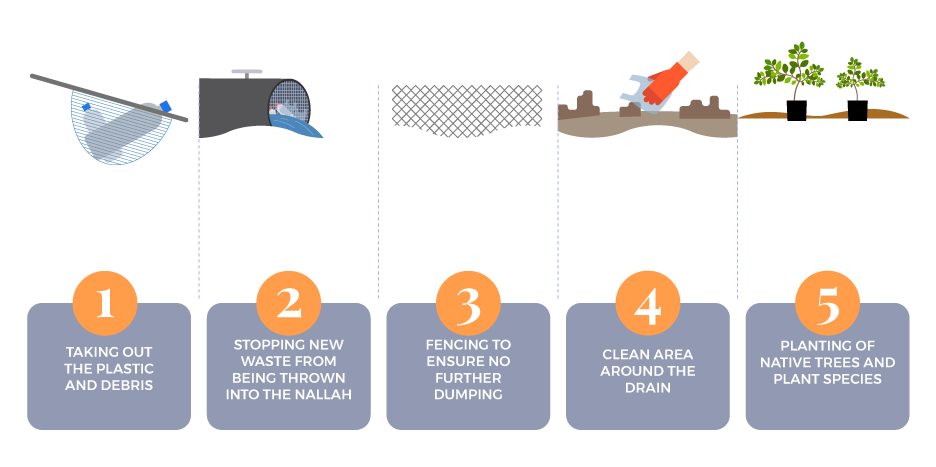

Nallah Cleaning & Maintenance Process
As a part of the Bundh Rejuvenation Project of 2015, the Nallahs that ran along were also to be cleaned and de-clogged.
-
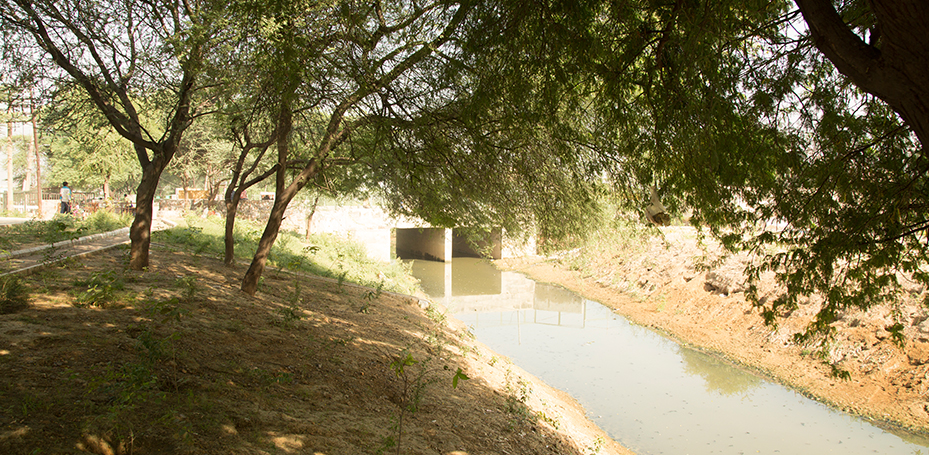
-
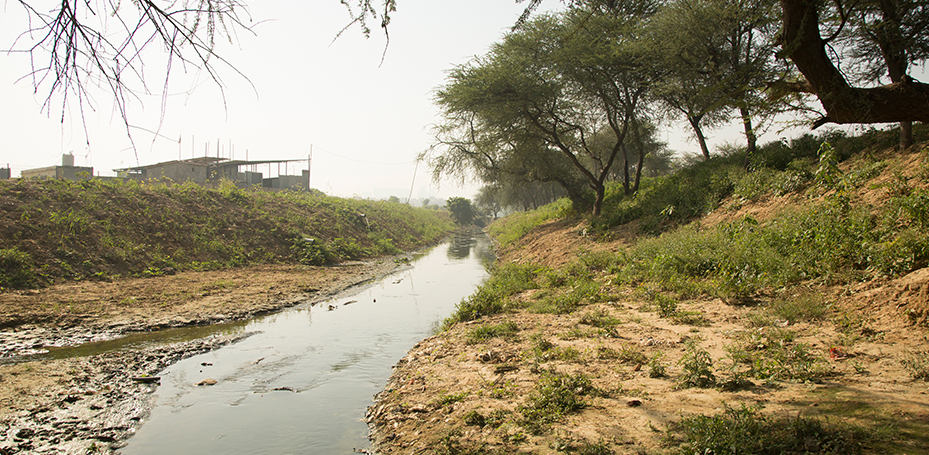
-
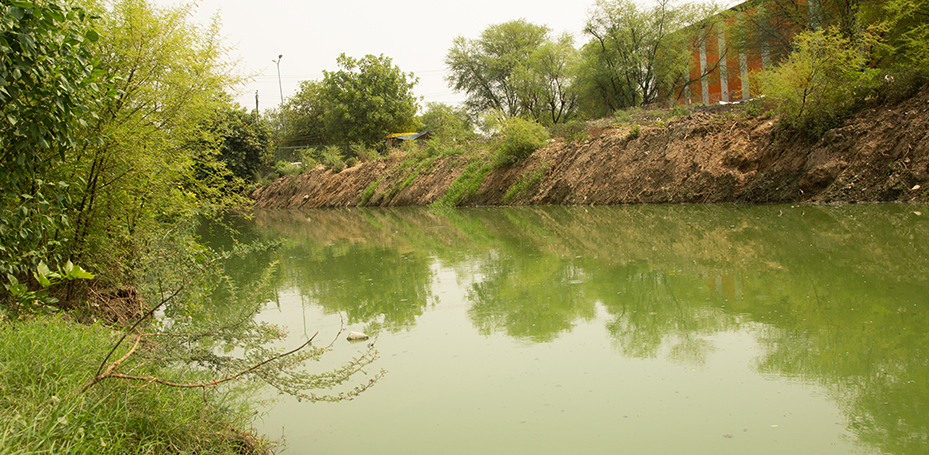 2017-8 The Storm-water Drain, Initial 200m
2017-8 The Storm-water Drain, Initial 200m -
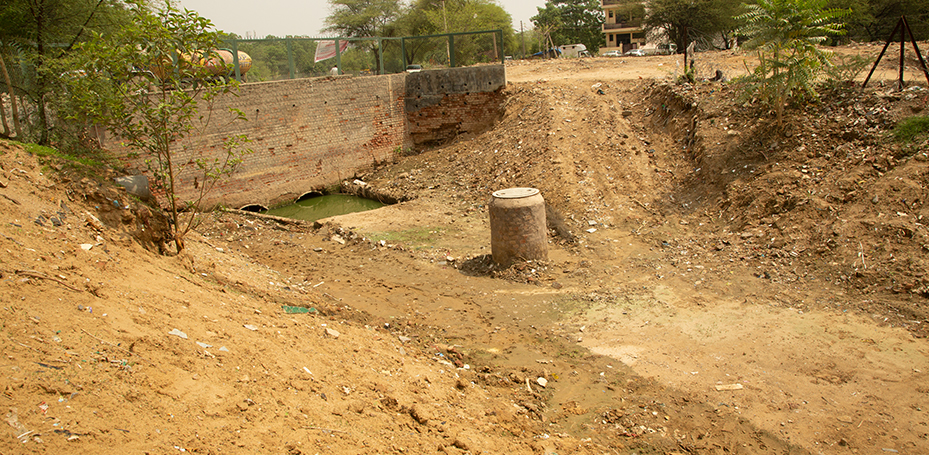 2017-8 The Storm-water Drain, Dhani
2017-8 The Storm-water Drain, Dhani -
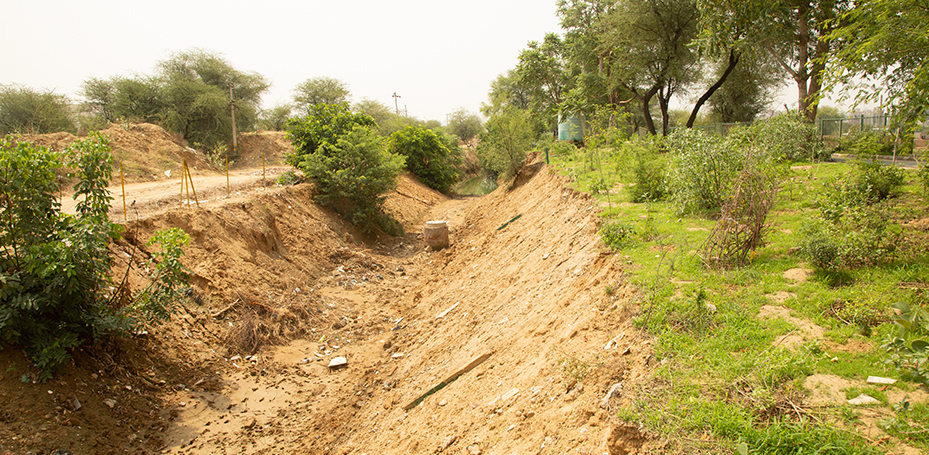
-
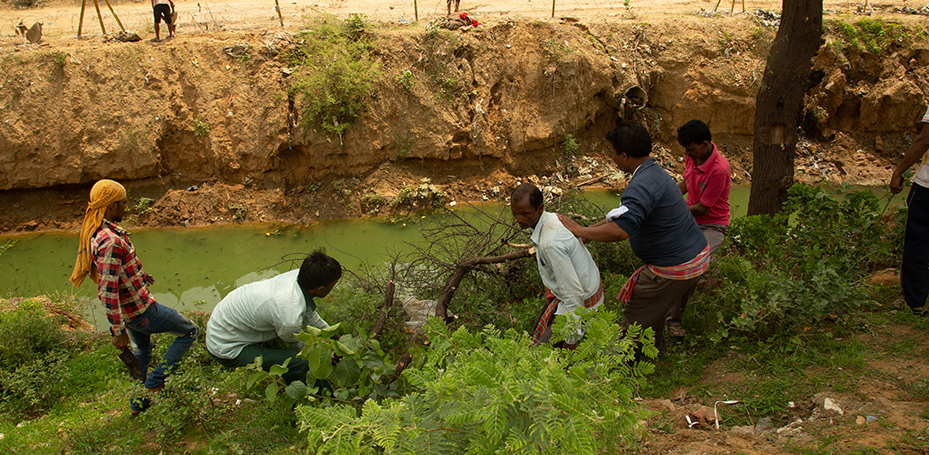 2017-8 (5)The Storm-water Drain
2017-8 (5)The Storm-water Drain -
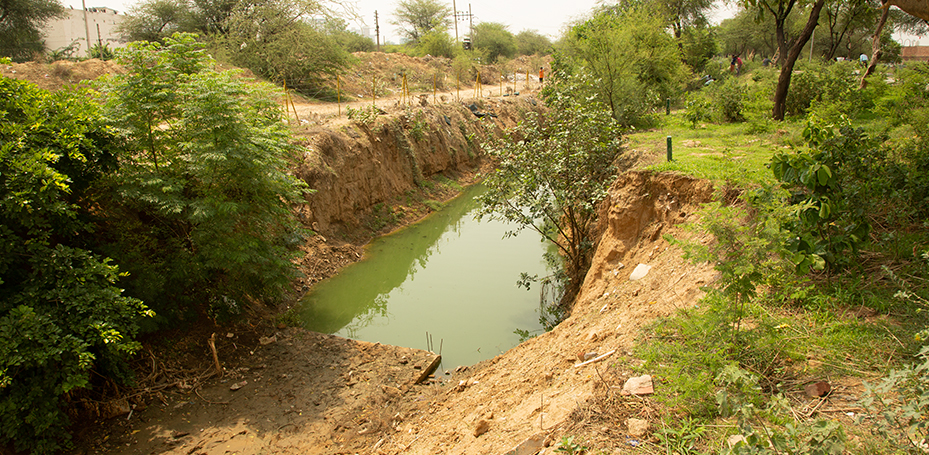
-
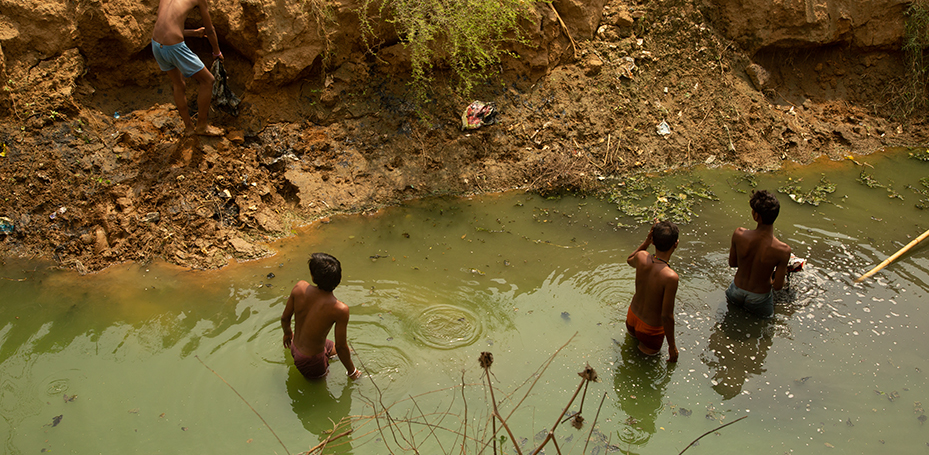
-
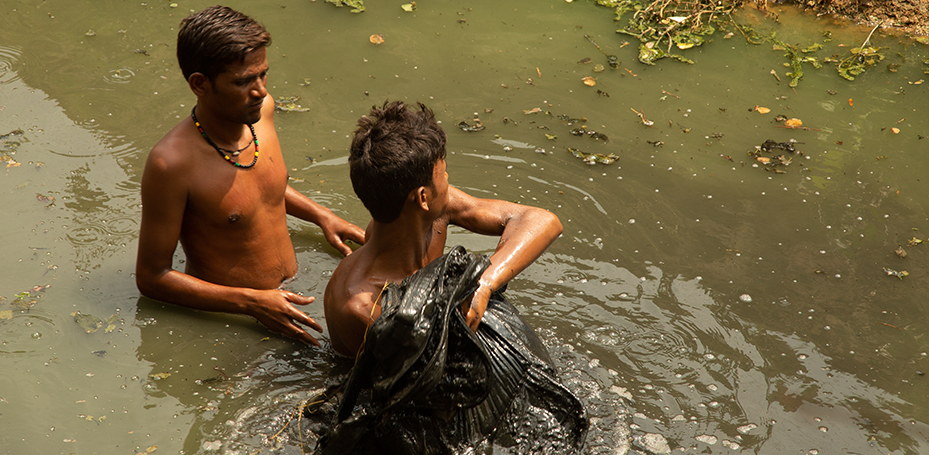 2017-8 (3) laborers physically cleaning up of the Nallah
2017-8 (3) laborers physically cleaning up of the Nallah -
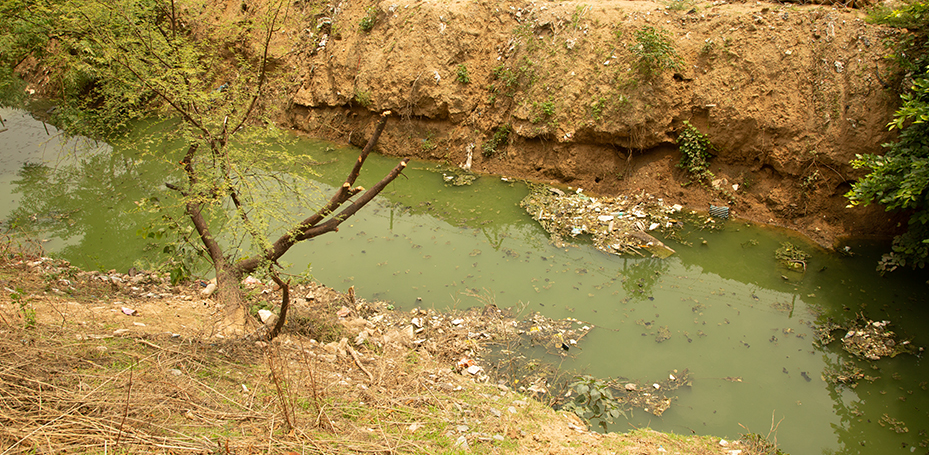
-
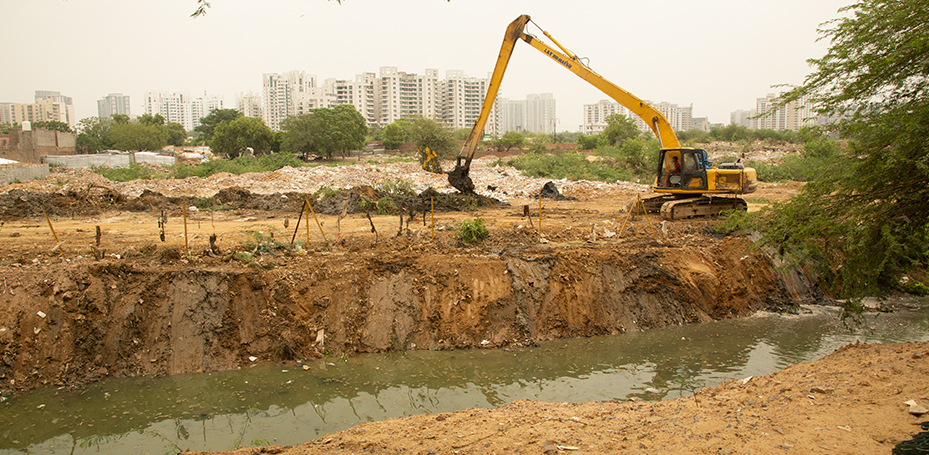
-
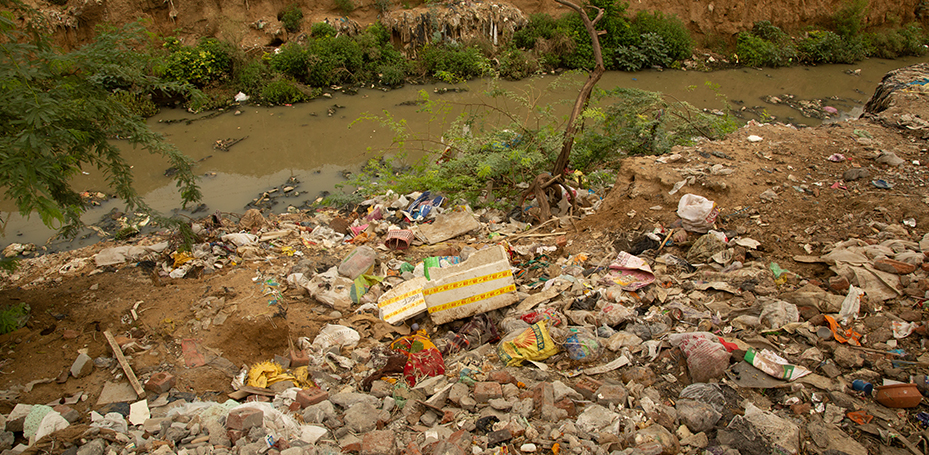
-
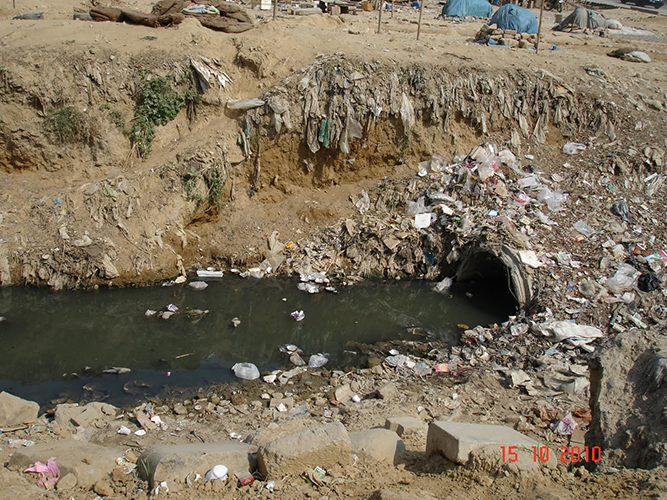
-
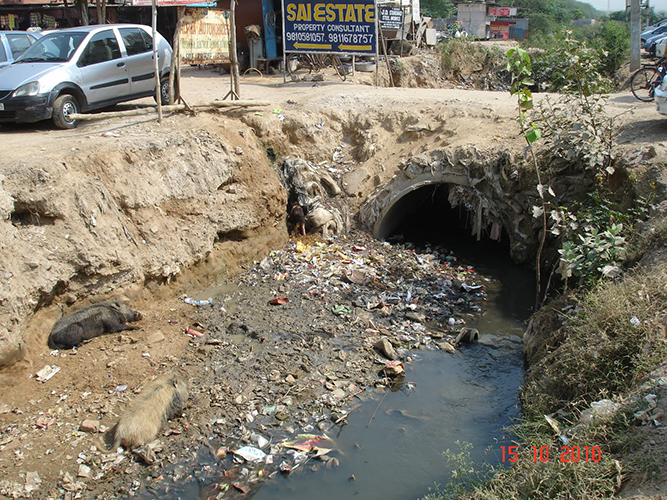
-
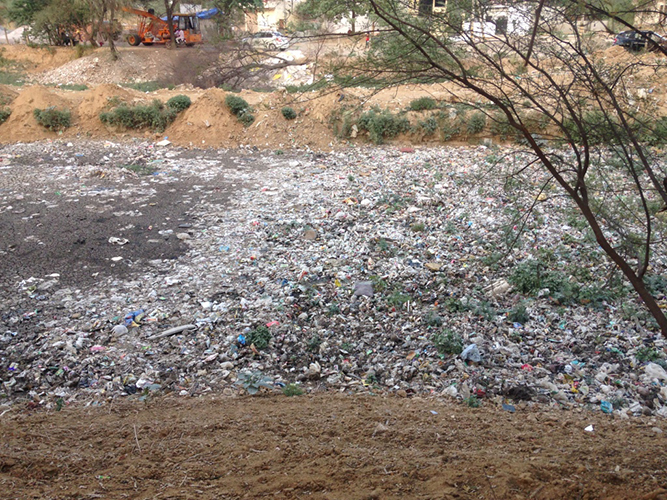
-
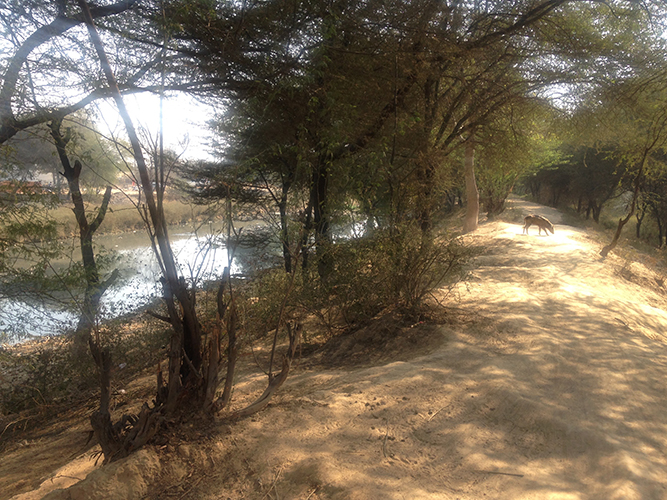
-
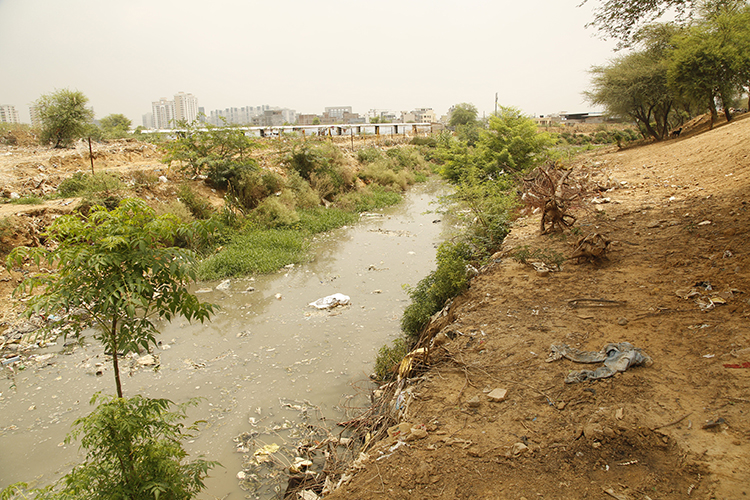
-
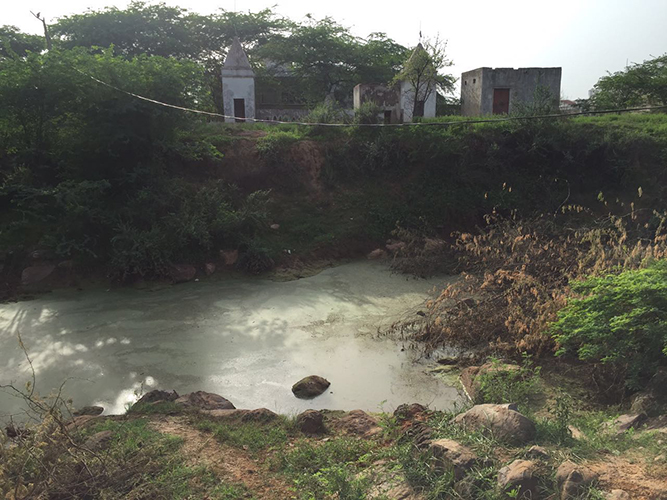
-
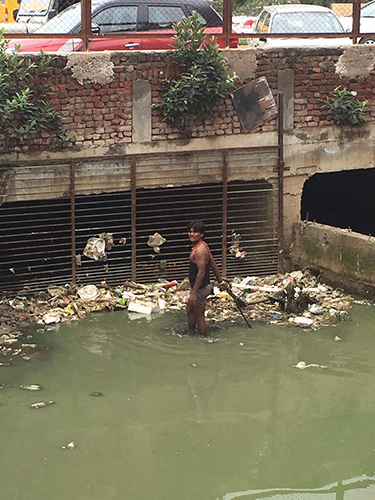
-
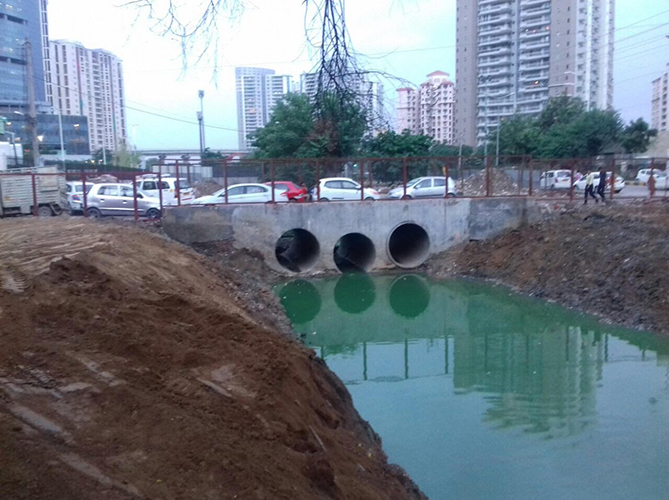
-
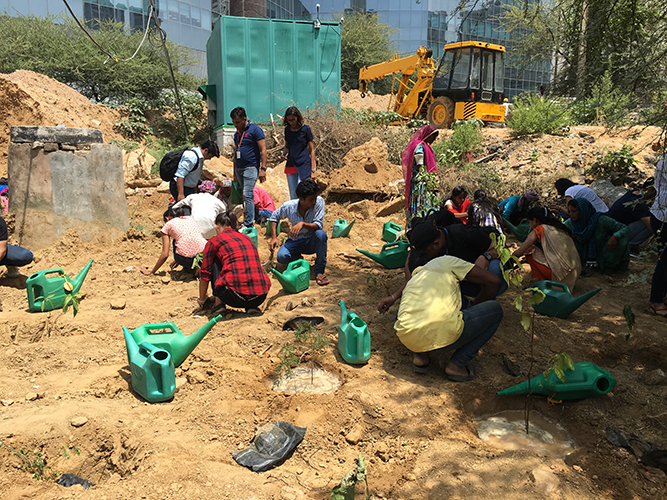
-
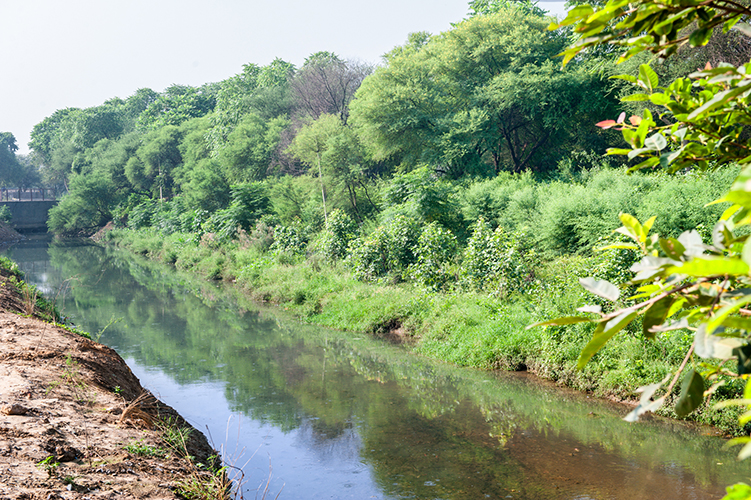
-
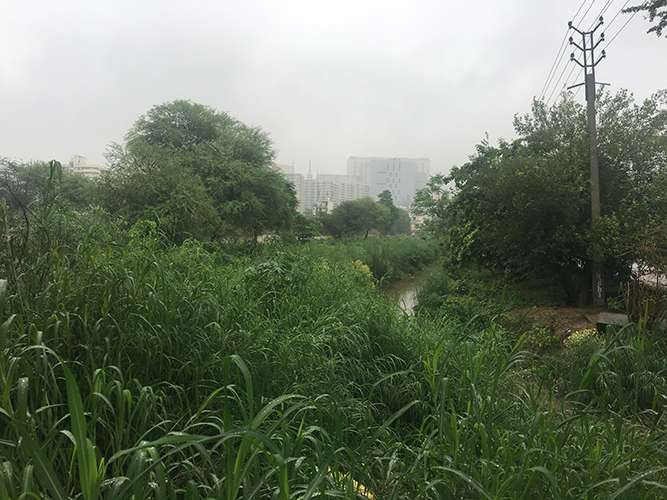
-
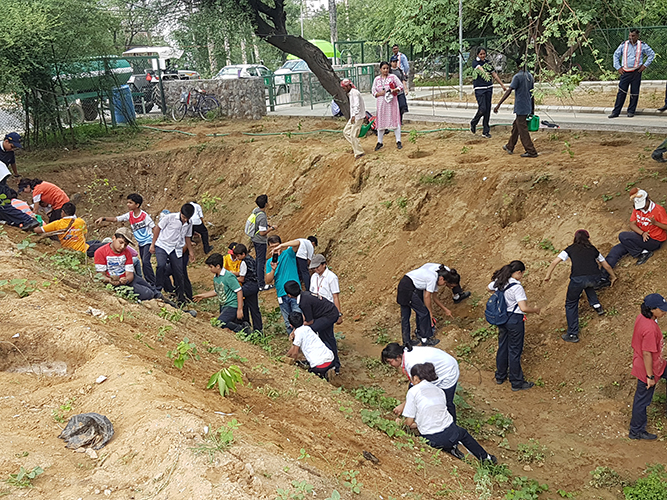
-
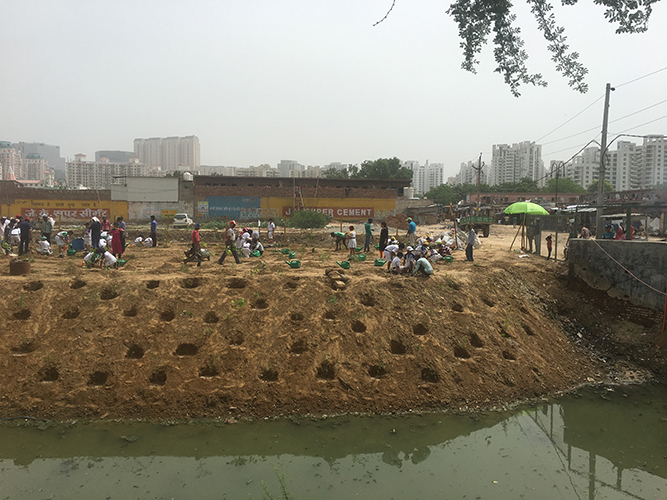
-
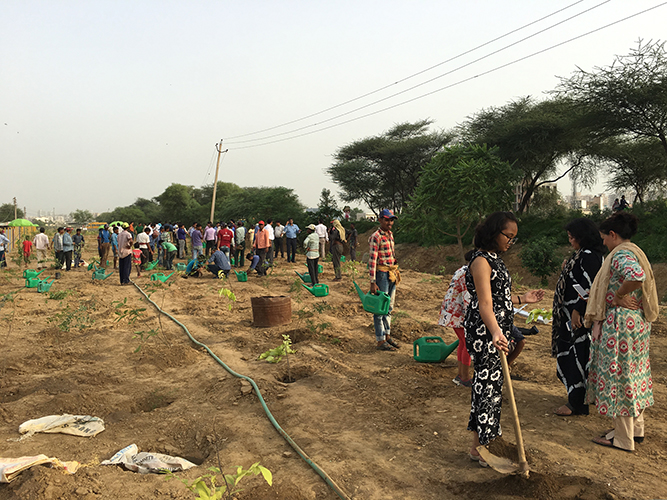
-
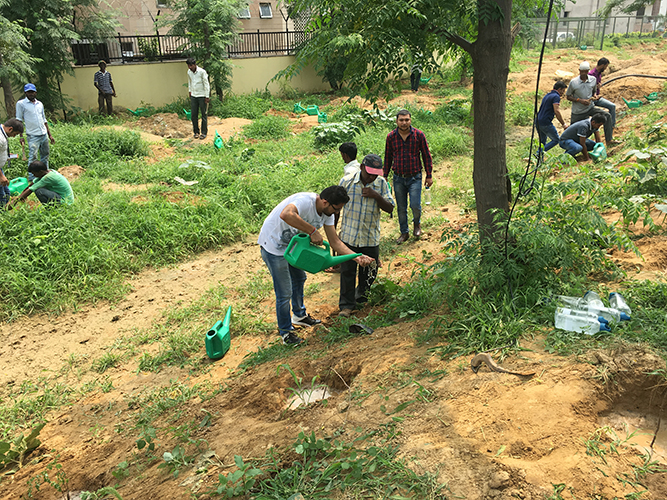
-
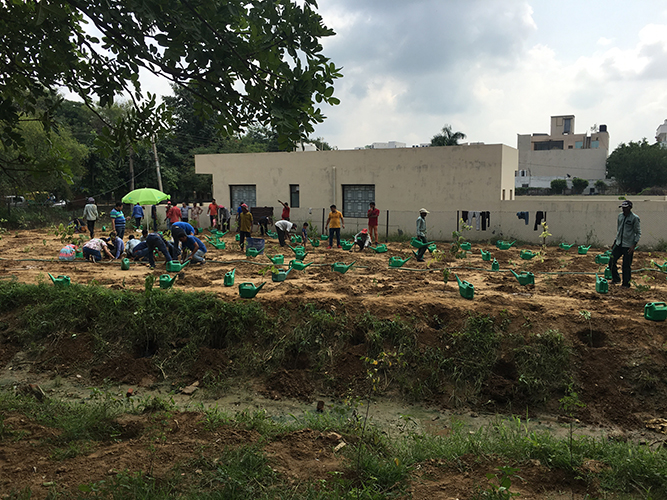
The Nallah today is a smooth flowing water channel and serves as a model for cleaning other drains as well.
Stormwater Drain Rejuvenation Project
The stormwater drain was a major pollutant and a huge health hazard. The drain was filled with fetid water choked with non-biodegradable garbage from neighbouring areas, and was further polluted as a result of sewage being discharged into it from surrounding villages and residential colonies.
In collaboration with the Haryana Forest Department and several corporates in Gurgaon, the cleaning of the drain started with taking out the plastic and other garbage. Around 180 trucks of waste was removed with the help of government agencies. Fencing and barricading at appropriate locations ensured no further dumping. Once the banks of the drain were cleaned, mesh was installed at tunnels to prevent the flow of solid waste and sewage into the drain by blocking entry points. The sewage was divertedt o the sewage treatment plants.
This was followed by a plantation drive. Native species were planted with the objective to create a riparian system that traditionally exists in these parts of Aravalli. The main plant species planted were Kaim (Mitragyna parvifolia) and Desi Babool (Acacia nilotica), both very prominent species found in such eco zones. Further more than 20,000 saplings of native species like Bistendu (Diospyros cordifolia), Goondi (Cordiagaraf), Chamrodh (Ehretialaevis) have been planted on the embankments of the drain. A drip irrigation system for maintenance of the native species allowed for effective watering.
The clean-up allowed for the smooth flow of water into the Bundh. The planting rejuvenated the embankments and made a foul spelling health hazard into an aesthetic green zone.

Doers & Believers



